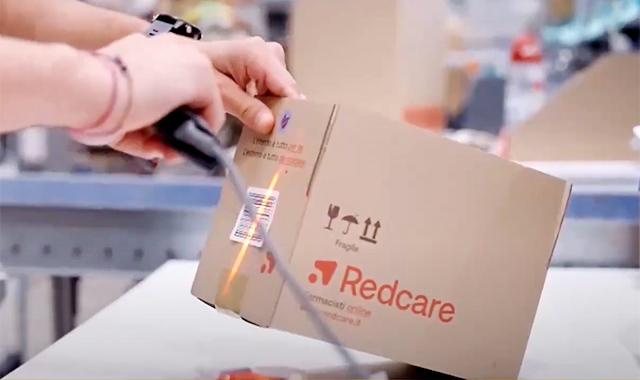In 2006, before the last three recessions hit the Italian economy, the average household income was almost 8 percentage points higher than in 2020. Nonetheless — or perhaps because of — this, savings have increased beyond all expectations in recent years. Today, the financial wealth of Italians amounts to €5,256 billion, growing almost €1,700 billion (+50%) in the last decade. Seeking the right balance between security and returns, capital has increasingly taken the route of postal savings, which has seen its weight in total household financial assets grow steadily. At a time of great uncertainty amidst the energy crisis and recession announcements, and with runaway inflation, the financial services offered by the Post Office and guaranteed by the State are once again being viewed as a safe haven, a life buoy to be used in case of need.
The favourite product
Postal savings are currently worth over €330 billion, with 93 billion in passbooks and 237 billion in savings bonds, with over 30 million passbooks and almost 47 million bonds. Both are free of costs, except for taxes. There is a preferential taxation of 12.50% on interest for savings bonds. The postal passbook is the preferred savings product of Italians and also the most stable source of retail financing of public spending.
The shift towards managed savings
The relevance of postal savings in a system approach can be appreciated if one considers the underlying trends described in the most recent Bank of Italy dossiers. Households have been shifting towards forms of managed savings for some time. In December 2021, resources entrusted to professional asset managers in the form of mutual funds, insurance policies and pension funds accounted for around 34% of financial wealth, a figure 12 percentage points higher than ten years ago and increasingly close to that of the euro area average. Over the past decade, Italians have increasingly subscribed to mutual funds and insurance policies which, by the end of 2021, accounted for 15% and 17% of household financial assets, respectively. The share of household financial wealth held in deposits (current and savings accounts) as well as that invested directly in shares and participations continues to be a high proportion of the total (27% and 24% respectively).
The origins
In short, there is a wide range of opportunities and possible options, with BancoPosta and Poste Italiane's other services available in the various segments. Postal savings as a public good is a story which began in the early years of a united Italy, when the servizi a denaro (money services) of the Royal Post Office, placed under the guarantee of the State, were established by Italian Law 2779 of 27 May 1875. It was no picnic, because the banking system was fiercely opposed to the rise of this fierce new competitor. Quintino Sella succeeded in convincing politicians of the social usefulness of the new service and the potential for developing national savings that the Royal Post Office could foster with its widespread presence throughout the country. According to Sella, the long-time Minister of Finance, it would have been easier to keep the State's accounts in balance with the resources from the postal collection. It took some time to finalise the regulations. In the end, it was decided that the post offices designated by the Postmaster General's Office were authorised to function as branches of the Central Savings Bank, and that service would begin on 1 January 1876. Passbooks thus became the first public savings collection instrument proposed by an organisation of the new Italian State, a service designed primarily for family welfare. The money accumulated was channelled into the Cassa Depositi e Prestiti, which, in turn, distributed it (charging interest) to carry out public utility works.
Products for everyone
The scheme has gone through almost a century and a half of history unscathed, gradually being enriched with new tools and obviously adapting to changes in society. The Bank of Italy and CONSOB now have controls in place for the different areas of responsibility. The products are also increasingly aimed at meeting a new demand. The traditional paper format of passbooks and vouchers has been joined by a digital, and therefore paperless, version called Smart, which can be activated online via the Poste.it website or the BancoPosta app. Poste has reserved some special versions of the passbook for savers 18 and younger. In this case too, there are, of course, online operational and control features (automatically activated for parents as well).












